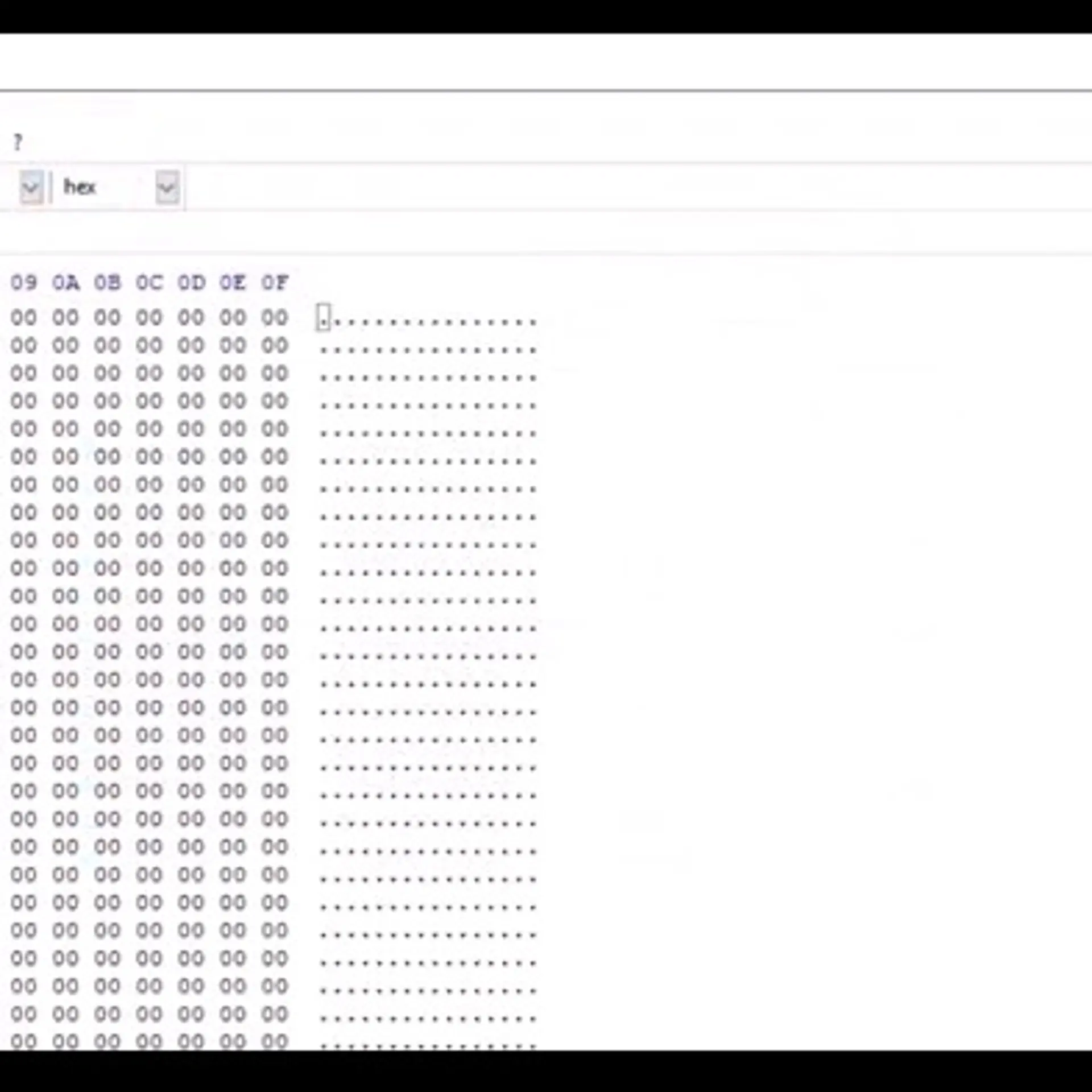

Some remarkable episodes towards globalisation of emojis
“I like the dreams of the future better than the history of the past”
Thomas Jefferson

We really can’t understand why history is the most overlooked domain. Although we are dedicating our days and nights just to make our future vivid, but history is something which can really trigger the part of imagination within us and this power of imagination can be established to make another history.
Emojis which have really become a part of the communication, streamlined to deliver our emotion to the recipient. While leading a tech-savvy lifestyle, emojis have successfully rendered a hint of spice that mas made the interaction with people quite pleasant. They have made their presence from Facebook to messaging mobile apps which has ensured their omnipresence.
Also Read: Are emojis indispensable for Messaging app?
Also Read: Top 10 Android O features that Probably you don’t want to Miss
But really do you think that emojis are the overnight sacrament, then you are wrong! Like every great invention is the result of number of years, emojis have followed the same route. Predecessor of these millennial languages were emoticons i.e. facial expressions with distinct marks.
How emoticon came into existence?
Emergence of emoticons travelled all the way round from the year 1881 in a Puck magazine. It although published with four faces with punctuation marks.
Conveying Joy
Thoughtful sadness
Indifference
Astonishment
According to Reader’s digest, its internet-era genesis is widely regarded to occur in the year 1982. These were used just like a centrifuge to distinguish between amusing and serious posts on the message board of Carnegie Mellon University where Scott Fahlman came with a distinct way to denote the difference between a humourous and serious posts.
:-) For humorous and :-( for serious.
Journey from emoticon to emojis
But the transition from emoticon to emojis took place?
In this context, another question that is more frequently asked, is the point of distinction between emoticons and emojis?
An emoticon is a typographic display of facial representation in order to display emotion in a medium of text. They are expressions that are created by using common characters that are already existing on the keyboard. Like the aforesaid :-) or :-(.
Emojis are the actual pictures which can roughly be translated as pictographs.
Emojis were created in the late 1990s, Shigetaka Kurita while working for DoCoMo, a large Japanese mobile communication company. He later regarded to be the father of Emojis who was working to communicate through icons. Emojis split into two Japanese words: “e” indicates picture and “moji” indicates character. According to Kurita, he chalked out the inspiration from manga, and Chinese characteristics.
The main idea behind to create a single character code that would be displayed on other person’s device as an icon which later gained immense popularity in Japan.
Currently we are having more than 1800 emojis existing but there are some important episodes which has made the emojis existence ubiquitous.
Important episodes in the emergence of emojis:
Although the introduction of emoticons cannot be expected to concentrate in a single place. Various tech giants were convinced with the designs which led to the addition of more designs into the community of emojis with further addition of animation. Perhaps, the concepts of emojis proliferated in the entire country of Japan. Another breakthrough took place in the year 2005, when Japan’s Carrier started mapping the incoming signals reckoned their own set of emoji characters, which further added greater consistency.
Remarkable Step by UNICODE Standard
In the year 2010, a significant step towards the globalisation of Emojis took place that had established a milestone in the field of communication. According to Unicode Standard, it has took the concept across the border (Japan) and operating system while retaining the authenticity. This is an episode when Apple finally took part in this niche.
Globalisation of Emojis by Apple
Apple is the only reason of proliferation of emojis into the entire United States. The main credit can be passed on its syncing capacity that iPhone received, which has enabled the voyage of imagination from NTT DoCoMo to other part across the globe seamless which has become an inerasable part of the mobile devices. It was in iOS 5, that Apple has officially supported the introduction, which was soon to be followed by another giant in order to become a considerable part of this bandwagon.
Adoption of Emoticons by Android OS
Some of the common issues that were facing before the legitimate decision of Google was the functioning of emojis into their Android devices. They had to long-press either spacebar or had to memorise particular command. These shortcomings continued till Official Google Keyboard app introduced in the year 2013. This significant incident has certainly streamlined the delivering of emojis like never before.
Although these noteworthy incidents have enabled to portray the state of mind. But the whole lot of personalisation started with the introduction of African-American emojis. After enhancing the racial diversity, it moved a step ahead with the introduction of 184 more emojis. This was rather a bigger update in version 9.1.
These did not end, with each iterations, new variation in the community of emojis added respectively in order to deliver something that has strived today.
Summing
This is a story which has concluded that there is no defined border of imagination and innovation. A series of incidents have shown that the concept was quite rustic but it was polished with each remarkable incidents with the ultimate motive to depict supreme personalisation which was out of the reach from a normal text.







